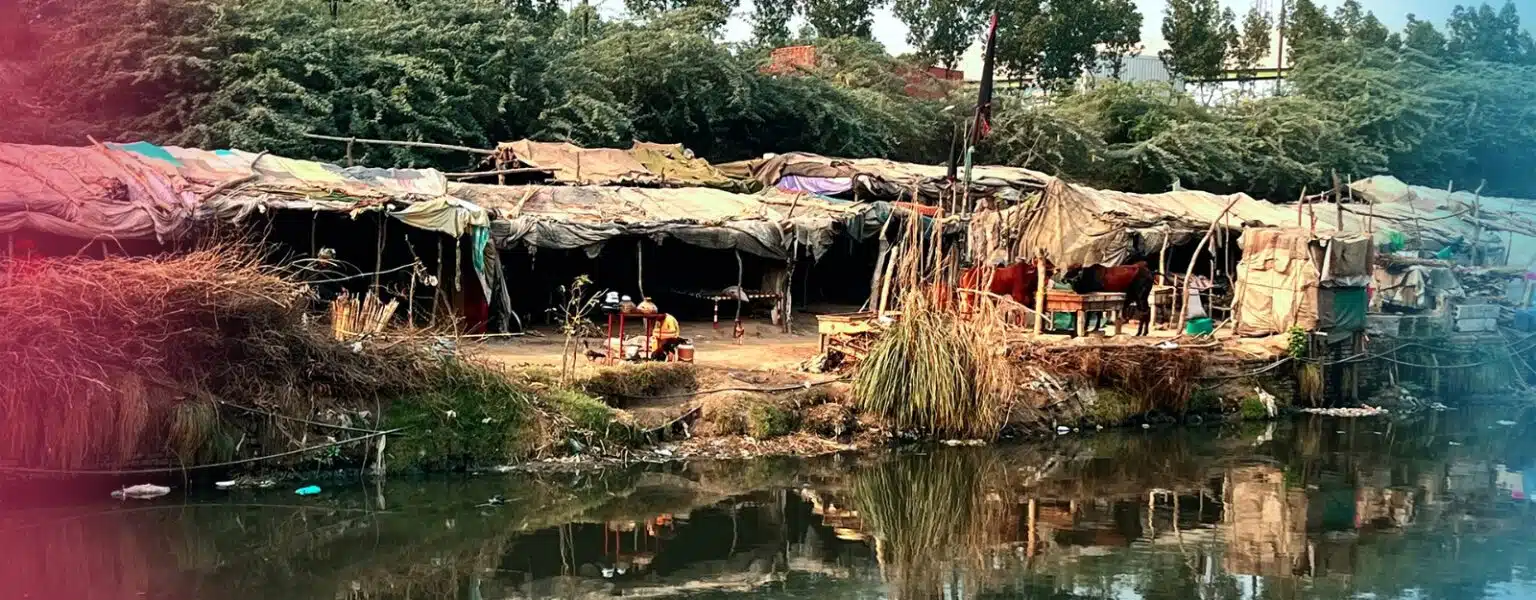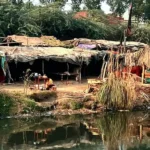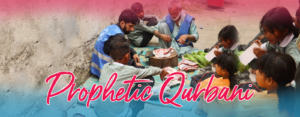
Clean water is a basic necessity of life, and yet, millions of people around the world do not have access to it. In slum communities, the situation is particularly dire; lack of clean water access leads to myriad health problems and perpetuates a cycle of poverty. However, with the right strategies and interventions, it is possible to achieve clean water access for slum communities.
Slum communities are characterized by inadequate access to basic services such as water, sanitation, and healthcare. This leads to a multitude of health problems, particularly among children. According to the World Health Organization (WHO), diarrhoea is one of the leading causes of morbidity and mortality in children under five years of age and is caused primarily by ingestion of contaminated water. In slum communities, the lack of clean water sources and inadequate sanitation facilities create ideal breeding grounds for diseases. Waterborne diseases such as cholera, typhoid, dysentery, and hepatitis A are prevalent in slum communities. The problem is often exacerbated by poor hygiene practices and limited access to healthcare services.
There are several challenges to achieving clean water access for slum communities. In many cases, the lack of clean water sources is due to a combination of natural and man-made factors.
Contamination of Clean Water by Flood:
Slum communities are often located in areas prone to seasonal flooding, which can contaminate water sources. In Pakistan, the floods are in abundance now and every year. The country faces huge floods. These floods not only cause huge losses of lives and properties taking everything away with them, but they also leave a huge mark in terms of the contamination of clean water sources. These contaminated courses are the major threat to health and sometimes there is no other option for people rather than drinking the water.
Contamination of Clean Water by Urbanization:
Additionally, rapid urbanization and population growth have put a strain on existing water sources, causing them to become depleted and contaminated. The water sources are contaminated by industrial wastes and wastes from the localities where people are not taking care of proper disposal of the waste. This water contaminated by industrial or household waste is causing life-threatening diseases.
Lack of Infrastructure:
Lack of infrastructure and resources also make it difficult to construct and maintain water treatment plants and distribution networks in slum communities. The water distribution network is not strong enough to provide clean water in every locality. The slum areas are deprived of the proper infrastructure so the availability of clean water is disturbed and they have to live compromising their health and hygiene.
Overcoming the Challenges and Achieving a Clean Water Supply:
Despite these challenges, several strategies can be employed to achieve clean water access for slum communities. If properly implemented these strategies can help in achieving clean water access for Slum Communities:
Community-Based Clean Water Projects:
One approach is to focus on community-based solutions that involve residents in the planning and implementation of water projects. This approach can help ensure that the needs and priorities of the community are taken into account, and can also help build trust and ownership within the community. Community-based solutions can also be more sustainable in the long term, as residents are more likely to take care of the infrastructure that they have helped build.
Government and Non-Governmental Organization’s Role:
Another strategy is to work with local governments and non-governmental organizations (NGOs) to implement water projects. This may involve building water treatment plants and distribution networks, providing water tanks and storage facilities, or implementing rainwater harvesting systems. NGOs can also provide education and training on water management and hygiene practices to help prevent waterborne diseases. Working with local governments can help ensure that water projects are integrated into broader urban planning and infrastructure projects, which can improve their sustainability and impact.
Educating the people of Slums:
Education and awareness campaigns are also important components of achieving clean water access for slum communities. Many communities lack knowledge about the importance of clean water and hygiene practices, and may not understand the risks associated with drinking contaminated water. Education and awareness campaigns can help build awareness and encourage behaviour change. These campaigns can be conducted through a variety of channels, including radio programs, community outreach events, and school programs. NGOs and local governments can also work with community leaders and influencers to promote good hygiene practices and encourage the use of clean water sources.
Addressing Underlying Causes:
Finally, it is essential to address the underlying causes of poverty that contribute to the lack of clean water access in slum communities. Poverty often leads to a lack of resources and education, which can make it difficult for communities to invest in water infrastructure and maintain hygiene practices. Addressing poverty requires a multi-faceted approach that includes access to education, healthcare, and economic opportunities. This can be achieved through partnerships with NGOs, government programs, and private sector investments.
An Inspiration: a successful example of a Clean Water Supply Project from Kenya:
One example of a successful water project in a slum community is the Nairobi Informal Settlement Water Supply and Sanitation Project (NISSP) in Kenya. NISSP was implemented by the Kenyan government in partnership with NGOs and residents, and aimed to provide clean water and sanitation facilities to over 400,000 people living in slum communities in Nairobi. The project involved building water treatment plants, laying pipes and distribution networks, and building toilets and sewage systems. Residents were also involved in the project through community-based water committees, which were responsible for managing and maintaining the water infrastructure. Through this project, the percentage of households with access to clean water increased from 12% to 54%, and the incidence of waterborne diseases decreased by up to 80%.
Role Of SKZ in Clean Water Supply to Underprivileged Communities in Pakistan:
SKZ is working day and night to give equal health and education right to everyone in Pakistan. The Clean Water supply campaigns by SKZ provided the people that were deprived of access to clean water all over Pakistan with the clean water campaigns ad installed RO plants in different areas of Pakistan where clean water was not available. We aim to install a RO Plant in every slum locality so the children and everyone in the slums are not deprived of the basic right to have clean water. This is going to solve so many health issues related to drinking dirty water.
In conclusion, achieving clean water access for slum communities is a complex challenge that requires a multi-faceted approach. Community-based solutions, partnerships with local governments and NGOs, education and awareness campaigns, and addressing poverty are all essential components of achieving this goal. While there are many challenges to implementing water projects in slum communities, there are also many success stories that demonstrate the impact that clean water access can have on the health and well-being of communities. By working together and investing in sustainable solutions, we can help ensure that all communities have access to this basic necessity of life.







No comment yet, add your voice below!